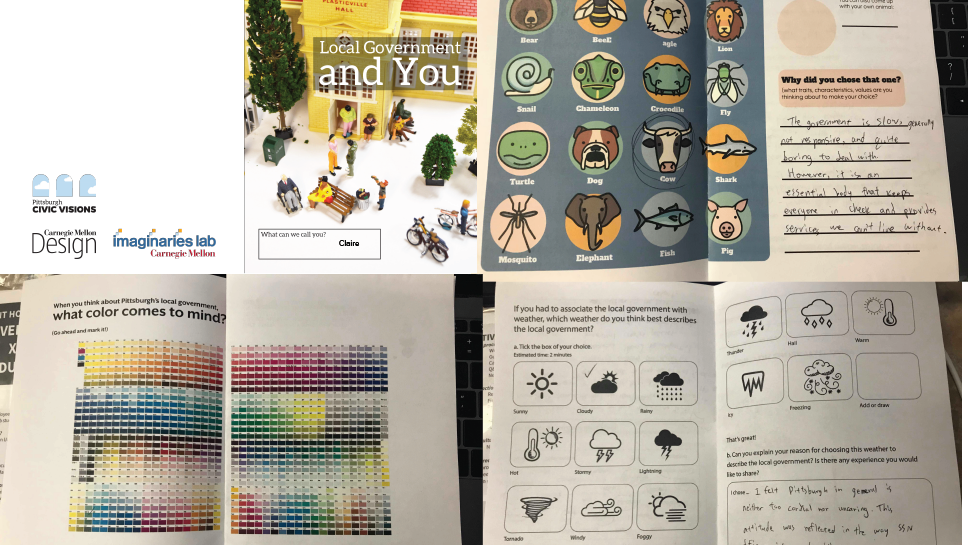After being assigned this task, I instantly knew I wanted to ride the bus. As a CMU student, it is extremely convenient to get around Pittsburgh simply because it is free.
I began by just riding the bus short distances within a 1-2 mile radius within campus along the 61 and 71. The demographic here was mostly students and residents of the neighboring quiet areas-- as expected. As I tend to be one of the many frequent riders of this route, I was familiar with the observations I made, such as rider placement, seat courtesy, volume, and communication with the driver.
Observations of 61/71 (1-2 miles from campus)
1. Rider Placement
People tend to get on the bus both in clusters and individually, but everyone immediately does an assessment of available space as they walk deeper into the bus. If all the seats are taken, people tend to cluster by the doors, both near the front and the middle. I'm assuming people do this in order to minimize potential awkwardness with seated passengers. Additionally if the entire bus is full, riders will situate themselves so they are facing another's back or side (again, I'm assuming people do this because of potential awkwardness).
2. Seat Courtesy
The seats tend to be always taken on this particular route and no one empties their seat for another. Because the main demographic is middle-aged or students, this realization wasn't surprising.
3. Volume
It's interesting to me that even though the bus is extremely packed, everyone still limited themselves to murmurs and hushed tones. Even though riders are tightly packed enough to feel each other's breath, the ambient noise of the bus remained low enough to allow for the hiss of the bus doors to still be heard.
4. Communication with the Driver
This one was pretty standard. A simple yelp over the heads of other riders was enough to open the doors when the call button wasn't enough.
People (students I presume) standing by the door rather than sitting down and sharing seating space
Observations of 54 (across the river)
1. Rider Placement
As people enter the bus, I notice that the demographic changes the further we get from campus (a younger crowd to an older). The riders are more likely to sit down, but also at this point there is more space on the bus. Since the bus has to briefly pass through downtown, those getting off in downtown will tend to sit in the front section of the bus by the door. Contrastingly, the riders who knew they were crossing the river, they'd find a seat further back and walk up the three steps to the back section. This indicates that they will be on the bus for a while (8+ stops).
2. Seat Courtesy
The seats were mostly open so there weren't really any opportunities for someone to sacrifice their seat for another. Most people will take up their own pair of seats rather than just one (i.e. maybe put their bag on the seat beside them, indicating that they don't want to share that space)
3. Volume
The noise of the bus remained rather the same in comparison to the buses by campus, despite being significantly less packed. Pleasant, amiable conversation can still be heard with the hiss of the doors, but still it is overall at the same volume.
4. Communication with the Driver
The call button got it done.
notes and parti diagram of movement within the bus across the river
